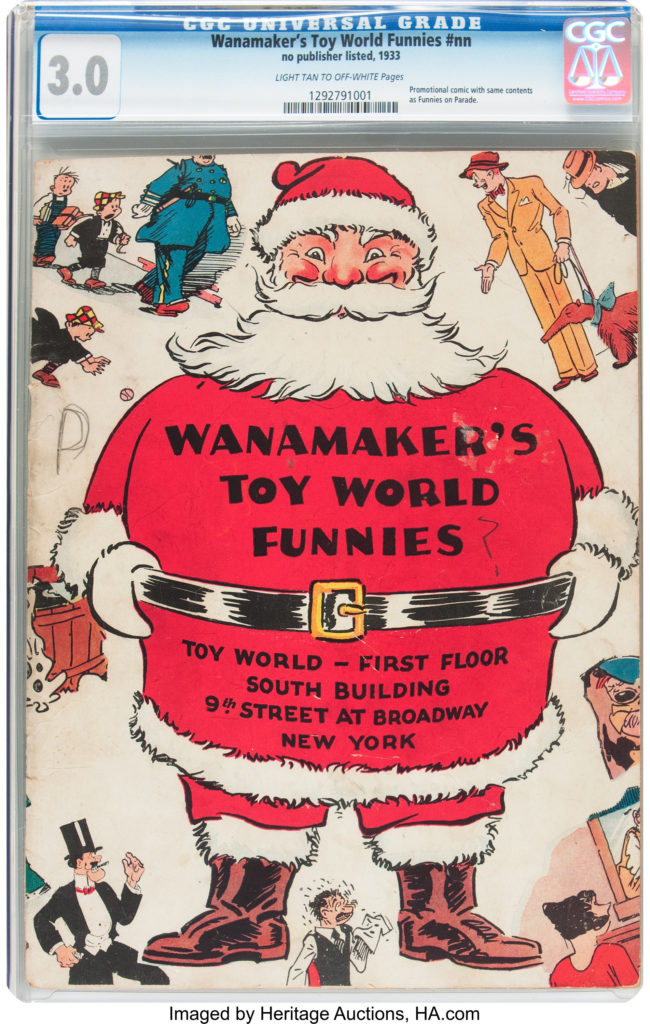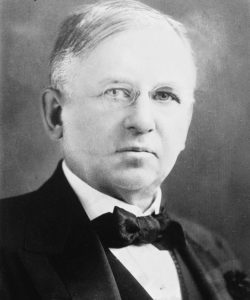
By Jim O’Neal
In the complicated hierarchy of Greek mythology, the Titans were the first 12 children of Gaia (Mother Earth) and Uranus (Father Sky). They ruled during the mythical period of the Golden Age of Greek deities. In astronomy, Titan is the largest moon of Saturn, the second-largest natural satellite in our solar system.
In modern times, the adjective “titanic” derives from Titan. The famous ship Titanic was one of three RMS Olympic-class ocean liners built in the early 20th century. The other two were christened Olympic and Britannic. The Titanic sank in 1912 after hitting an iceberg on its maiden voyage. Britannic went down to a watery grave in 1916 after hitting a mine laid by a German U-boat during World War I.
Titanic was on its way from Southampton (UK) to NYC after calls in Cherbourg in France and Cobh, Ireland. On board were an estimated 2,224 passengers and crew. It is believed that about 1,500 people perished. Writer/director James Cameron’s 1997 award-winning film of the same name was a blockbuster at the box office. It received 14 Oscar nominations, snagging 11. It is in second place in box-office revenues, right behind Cameron’s other big hit, Avatar.
Titanic was the largest ship in the world and built at a cost of $7.5 million. It was also equipped with the latest in wireless technology. The crew immediately sent out a distress signal that was received in Newfoundland and retransmitted to all ships in the area. Full speed ahead! Unfortunately, none was near enough to reach Titanic before it sank.
Meanwhile, in New York City, the venerable Philadelphia Wanamaker’s Department Store had set up a unique floor exhibit (with wireless) to simply attract shoppers in the highly competitive New York market. A young employee of inventor/electrical engineer Guglielmo Marconi in NYC was routinely responsible for relaying wireless messages in Morse code to anyone in Philadelphia. His name was David Sarnoff and he would become well known for becoming the head of Radio Corporation of America (RCA) and starting the National Broadcast Company (NBC).

By chance, Sarnoff had taken a position at Wanamaker’s running the wireless communication operations, which included messages, ordering material and whatever else came along. What came along was the distress message from the Titanic that the ship was sinking and then that it had actually sank! All the newspapers had quit for the night, just after the first distress message came through. Starting early the next morning, Sarnoff was receiving names of both passengers who were rescued and those confirmed dead. The fact that Wanamaker’s was receiving real-time updates from the middle of the Atlantic was a big story by itself.
Eager crowds, not wanting to wait for newspapers with old stories, rushed to Wanamaker’s. Others went to Times Square, where a flashing billboard displayed the latest news. Names kept trickling in for three days and even set off a mini-financial panic involving the insurer Lloyd’s of London and other insurance companies. This obvious coup for Wanamaker’s was not just a lucky accident
John Wanamaker had started a small men’s clothing store in 1861 and was probably the most innovative marketing genius for the next 50-plus years. As the current crop of retail gurus bemoan the decline of retail due to e-commerce and pundits predict the slow death of shopping malls, they would be better served by studying Wanamaker the Retailer and Wanamaker the Employer.
On the retail side, consider that he opened the first retail store in Philadelphia … adjacent to George Washington’s President’s House (location, location, location). He played fine background music in the stores. He introduced orchestral concerts and circular rows of counters that guided shoppers through new merchandise. Even today, the 12-story granite-walled structure known as the Wanamaker Building houses the world’s largest Grand Court Organ with six keyboards and 28,000 pipes that transformed the shopping experience. At a cost of $105,000, it required 13 freight trains to convey it for installation.
Less grandiose was the customary practice to go into a shop and haggle until you got a good price (good luck with that today). John Wanamaker started the custom of putting price tags on every single item in the store … and then boldly advertising with big signs: ONE PRICE AND GOODS RETURNABLE.
For employees, he provided everyone with free medical care, recreational facilities, profit sharing and real pension plans … benefits that simply didn’t exist anywhere! I would love to see John Wanamaker and Jeff Bezos trading philosophies on growing a successful business. It would fascinating, despite the passage of two centuries.
 Intelligent Collector blogger JIM O’NEAL is an avid collector and history buff. He is president and CEO of Frito-Lay International [retired] and earlier served as chair and CEO of PepsiCo Restaurants International [KFC Pizza Hut and Taco Bell].
Intelligent Collector blogger JIM O’NEAL is an avid collector and history buff. He is president and CEO of Frito-Lay International [retired] and earlier served as chair and CEO of PepsiCo Restaurants International [KFC Pizza Hut and Taco Bell].
